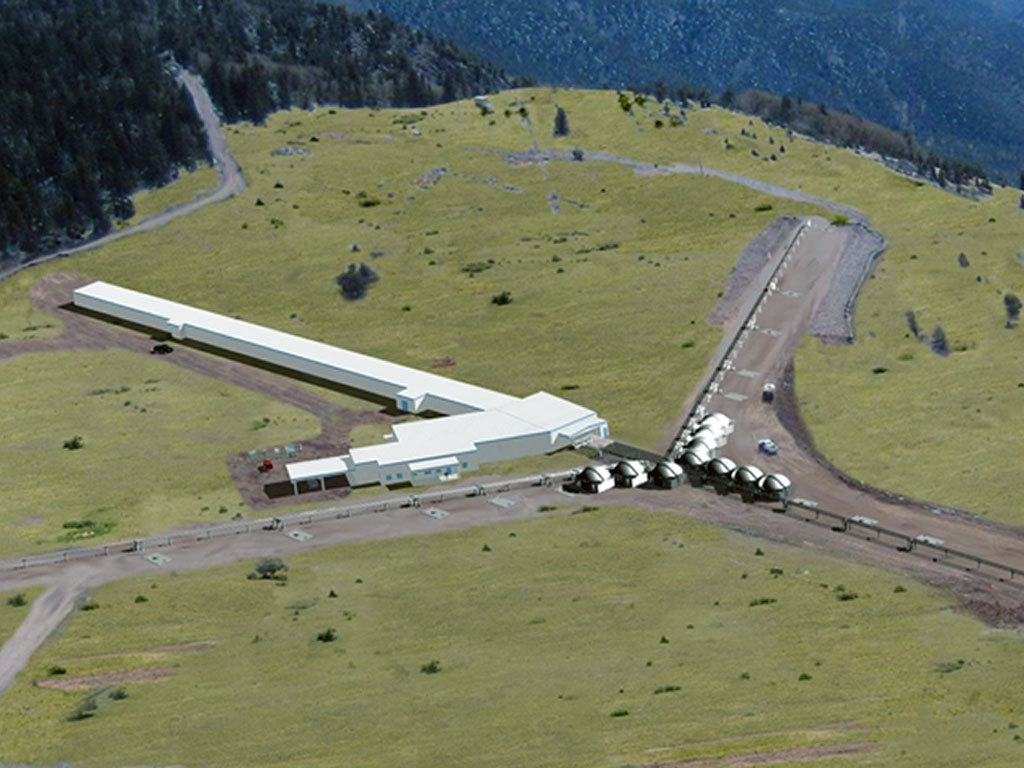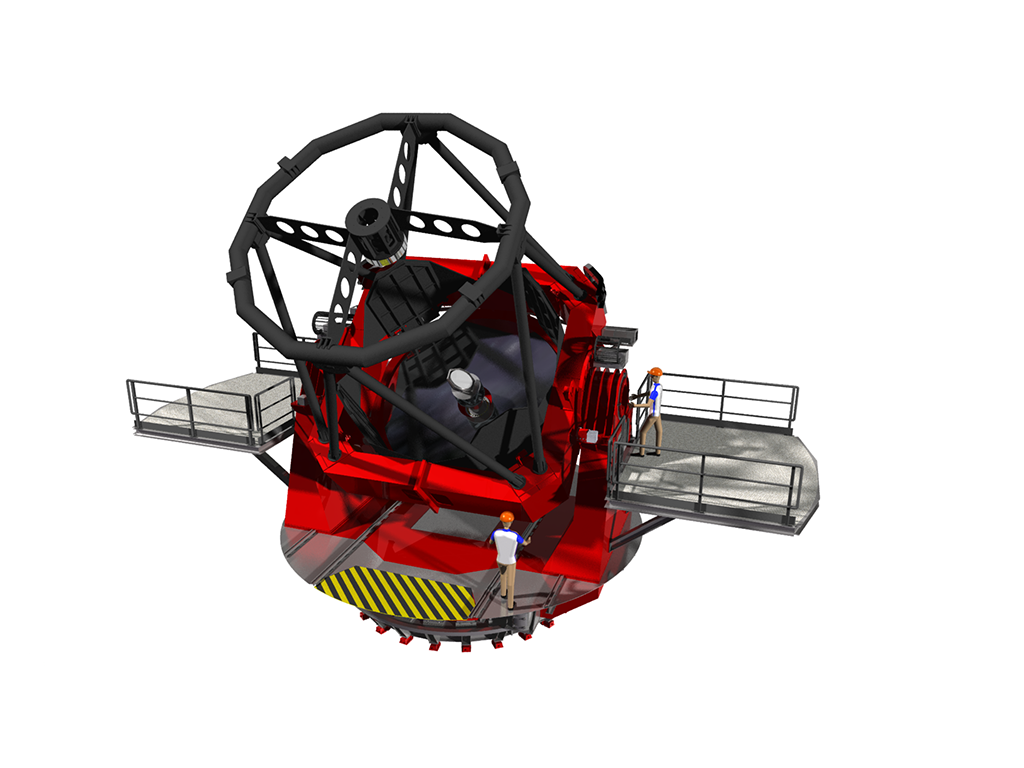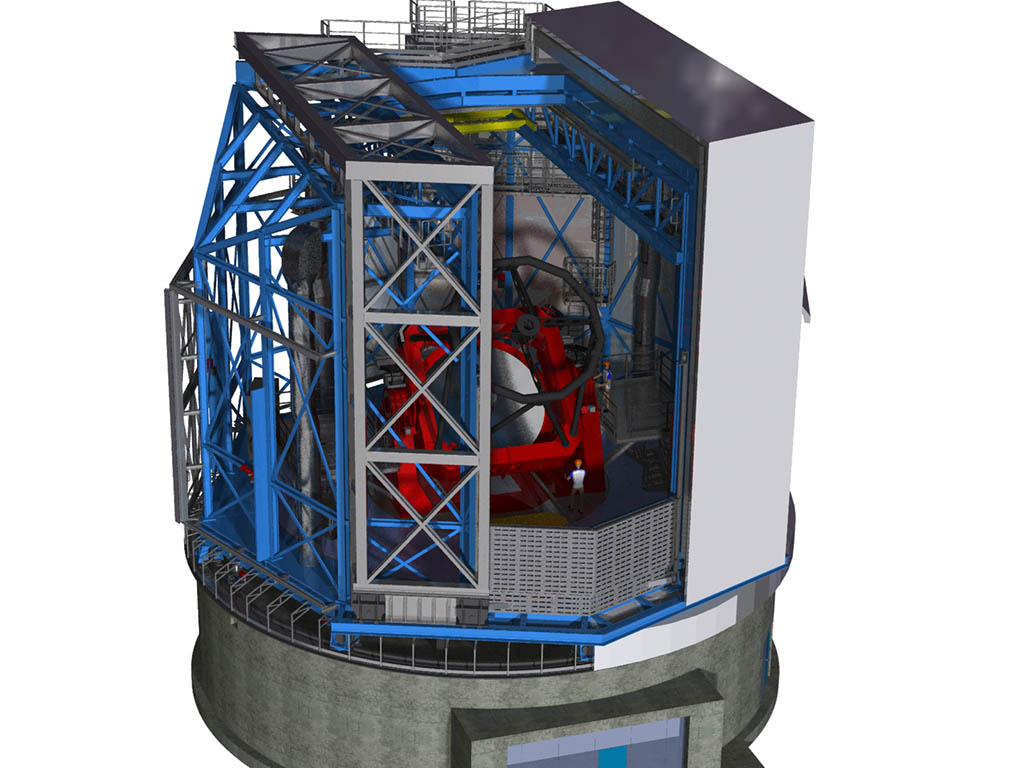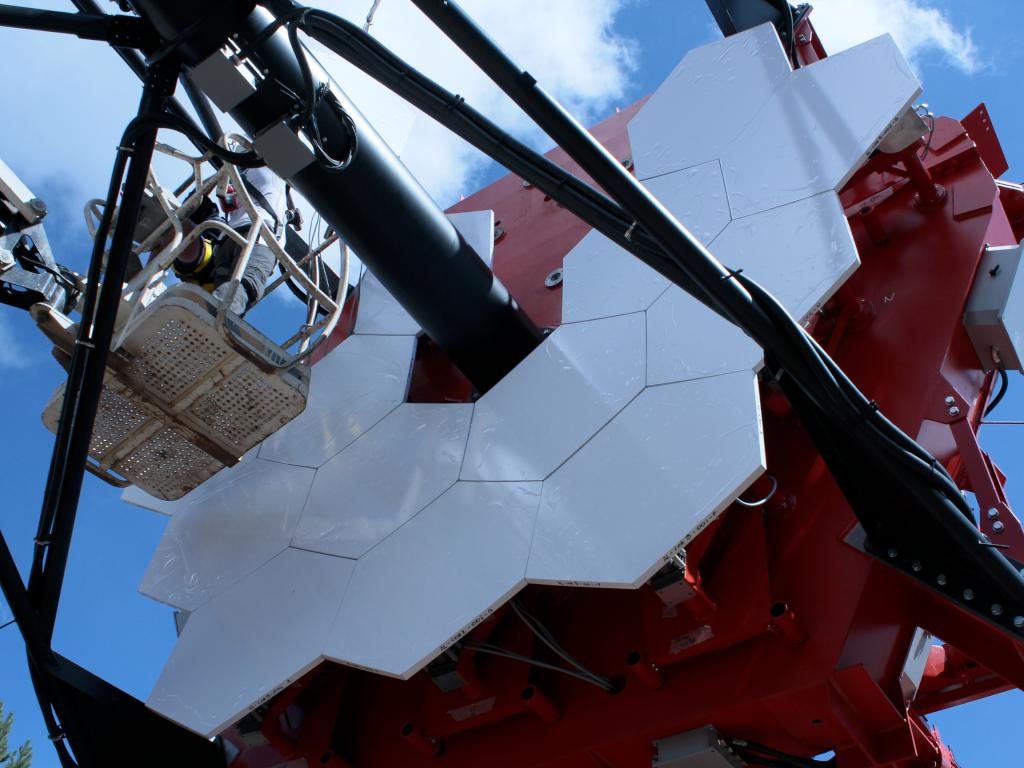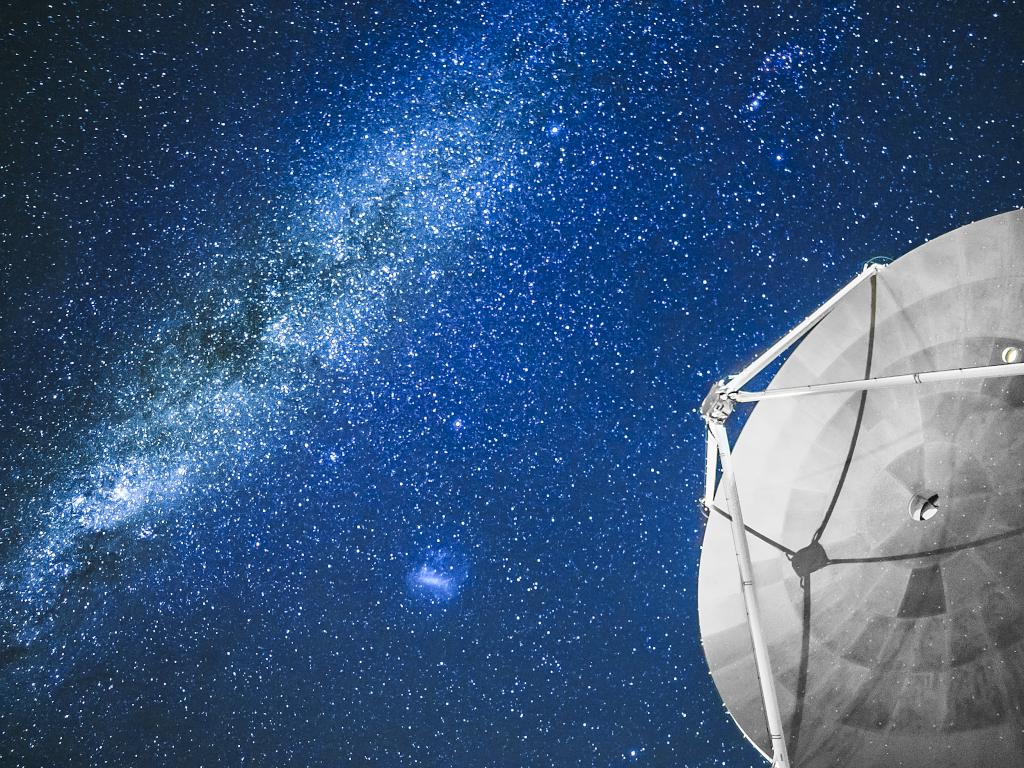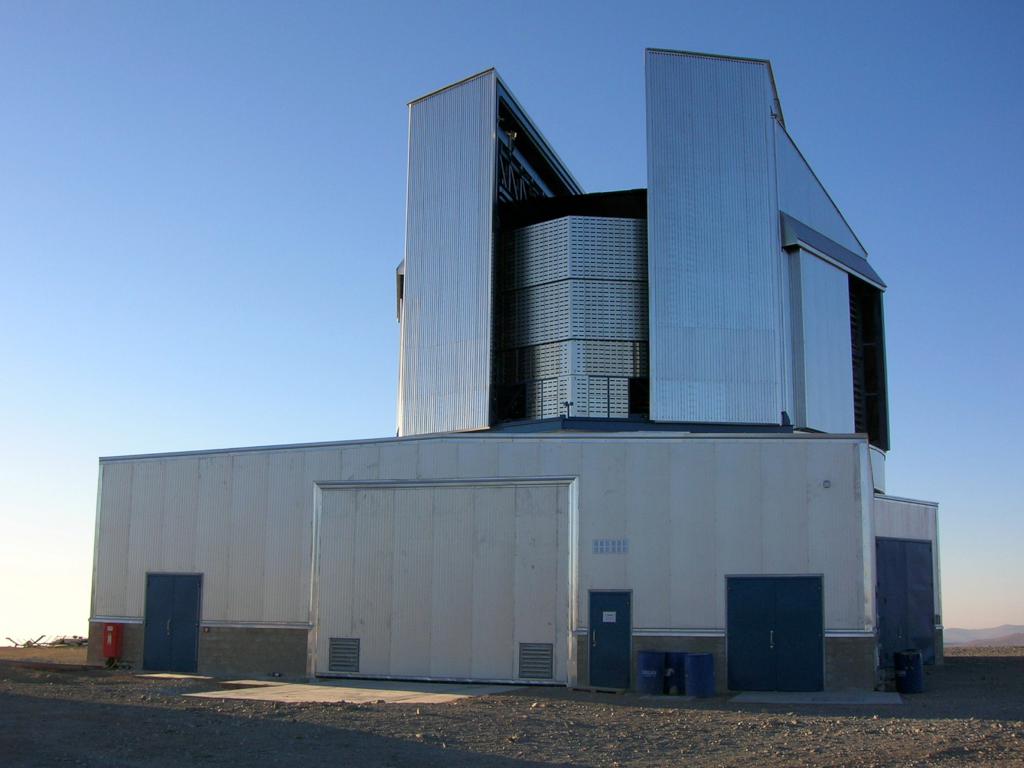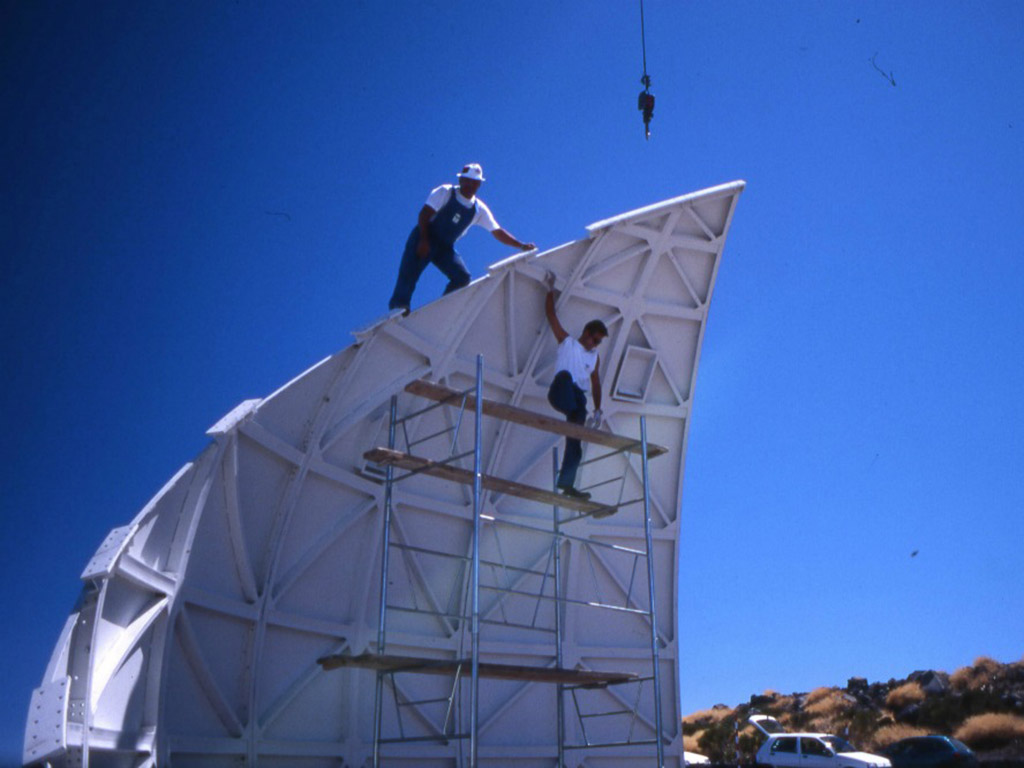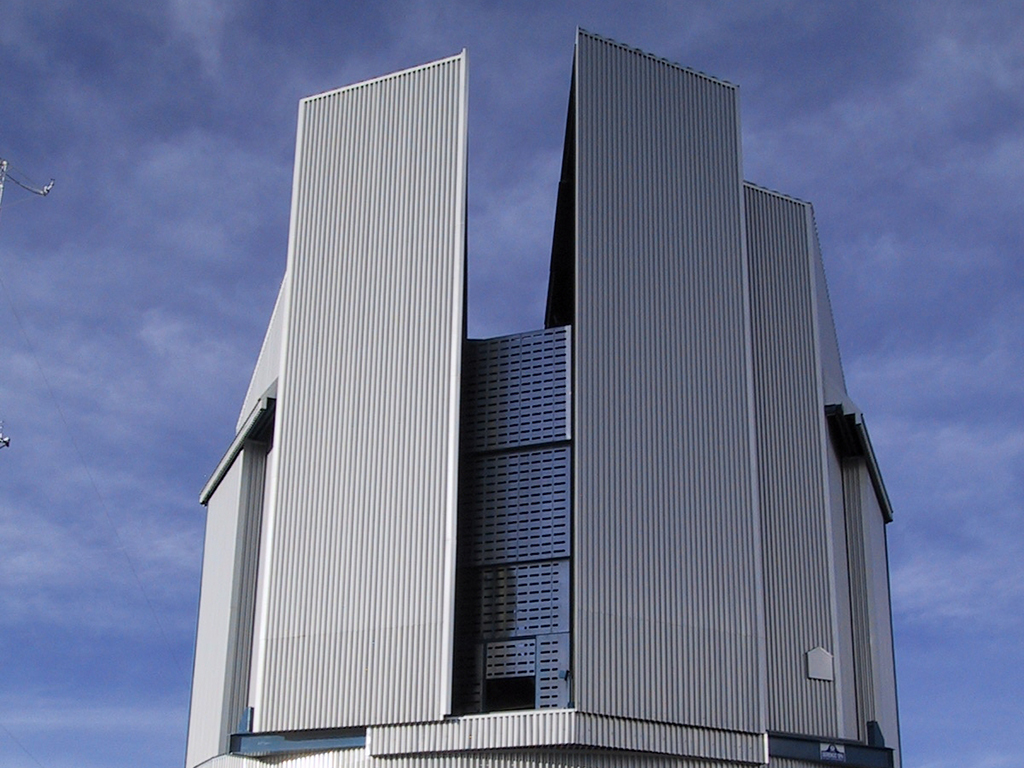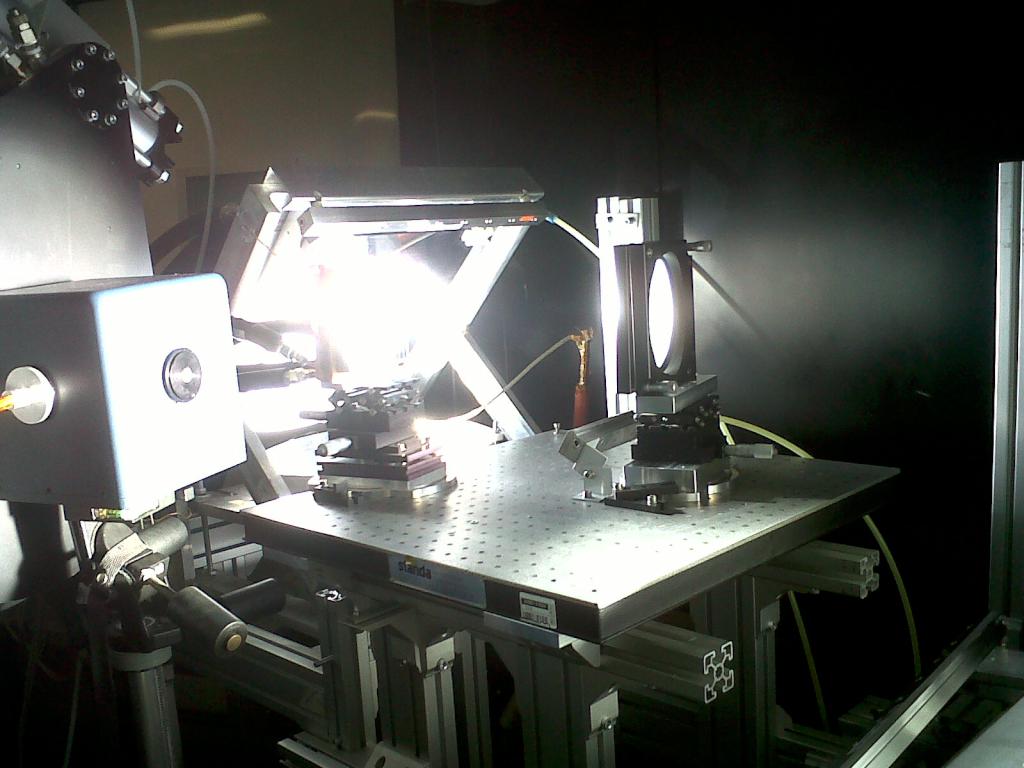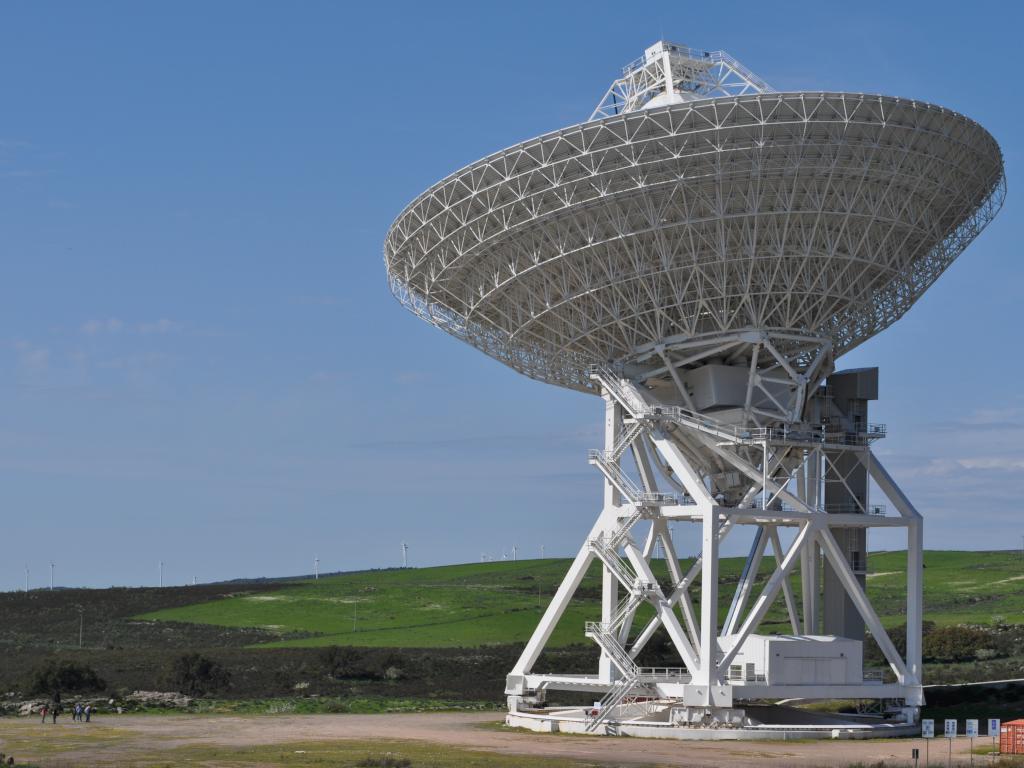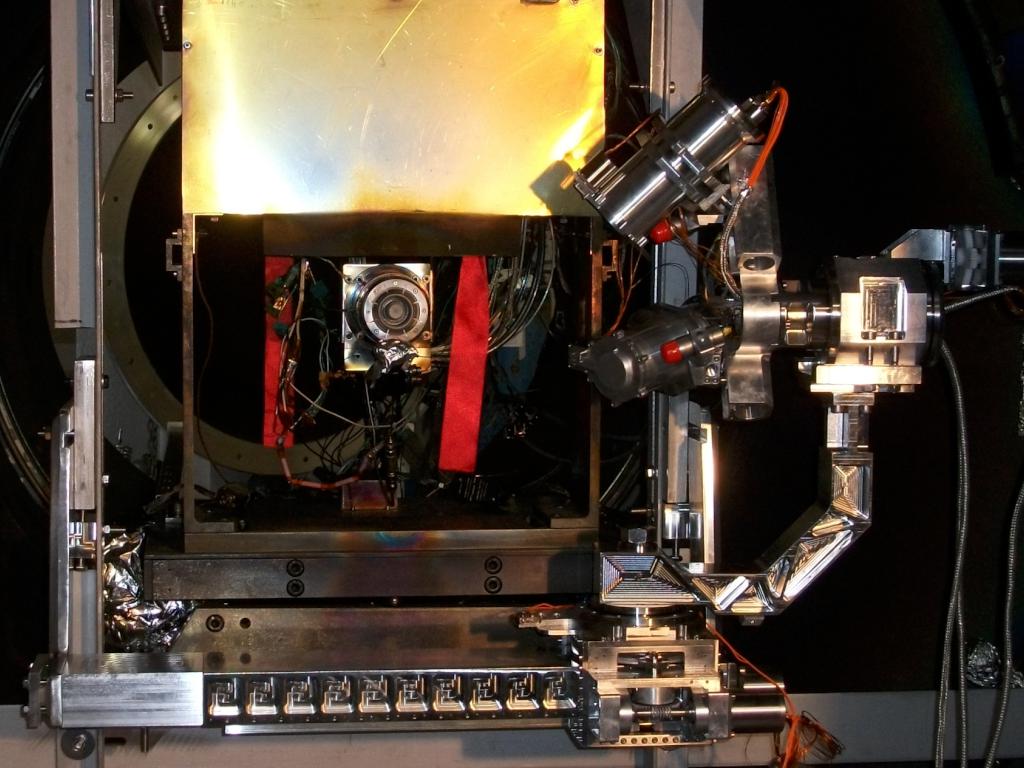Large Binocular Telescope - Il Telescopio
Site: Mount Graham International Observatory – Arizona - USA
State: completed
Activities:
Detail Design, Manufacturing, Pre-Assembly in Europe, Packing &Transport, Erection on Site, Commissioning and Testing.
Date: 1993-2005
Client: LBT Corporation (Italy, Germany, USA partnership)
Category: astronomy
Credits: EIE GROUP
Il Telescopio di LBT
Overview
The LBT (Large Binocular Telescope), is a binocular optical telescope using two primary parabolic mirrors, 8.4m diameter each for visible, near-infrared and interferometric observations.
The telescope is located on Mount Graham, in Arizona at 3.200 m altitude and it is part of the international observatory of Mount Graham.
The LBT is an international collaboration among institutions in the United States (University of Arizona, Minnesota, Notre Dame, Ohio and Virginia), Italy (with INAF – National Institute of Astrophysics) and Germany ( with Max Plank Institute for Radio Astronomy).
EIE commitment to the LBT project started in 1992, with the development of the telescope, its structures and the mechanisms detailed design. The challenge consisted both in gathering under a unique and coherent construction design, the basic elements for the telescope and dome structures and accessories, which had already been identified in the preliminary studies, as well as in detecting the most competitive construction technologies available in the Italian industry, with the double objective of reducing the fabrication costs and getting a positive impact on the Italian industry involved in the project.
The design phase which lasted three years, considered some important parameters, like the safety of the instruments, the introduction of scientific and engineering innovations to minimize disturbances during the observations and get the lowest environmental impacts ever.
The LBT project therefore, has represented a combination of technology challenges: firstly, the design and fabrication of a structure of big dimensions, which had to be either stiff and safe, and, at the same time, “lightweight” (the mass of this lightweight telescope structure is only about 700 tons). Then use of thin sheets (8mm thick only), made possible the increase of the heat Exchange inside the structure and minimize the disturbances during infrared observations.
EIE did not only design the LBT, it also had the role of following the construction of all the mechanical components, their acceptance procedures, the pre-assembly in-factory the transportation and re-assembly on Mt. Graham site. As matter of fact, between 1997 and 2004 EIE acted as a component of the LBT Project Office in daily close interaction with both Italian and US PO members.
Characteristics of the LBT telescope:
The Large Binocular Telescope (LBT) is a unique-in-its-genre optical-infrared telescope, made of two 8.4m parallel mirrors mounted on a common alt-azimuth base (optimized for Fizeau interferometry). The honeycomb structure primary mirrors guarantee both stiffness, lightweight and fast features with Adaptive Optics integrated in the secondary mirrors.
The structure of the LBT has been designed to house three couples of main mirrors: two 8.4m diameter primary monolithic mirrors, equipped with Active Optics, capable to correct the effects of the deformations caused by their own weight; two 0.91m diameter secondary adaptive mirrors, capable to work either as active and adaptive instruments, to correct of the effects of the deformations caused by the atmosphere, and two flat tertiary mirrors mounted on mechanical arms and capable to orient the light towards the inside of the structure, in accordance to the needs.
The LBT has been designed to obtain a light collective area as an 11.9m wide single circular telescope.
EIE played a key role in designing the telescope structure, wisely merging standard industry fabrication practices with the special technical needs of astronomers. EIE’ s team was crucial in writing the telescope construction specifications and in monitoring all the phases of the project.
Read Prof. Piero Salinari – INAF - Osservatorio Astronomico di Arcetri account.
prof.-p.salinari
Read Dr. John Hill - Large Binocular Telescope Observatory - University of Arizona account.
prof.-j.hill
The Science with LBT:
The LBT telescope is equipped with a series of instruments permitting the observation of different objects ranging from asteroids in the outer parts of our solar system; to planets and dust disks around nearby stars; to stars in nearby galaxies, to galaxies and quasars at the limits of the observable Universe.
The unique feature of the LBT telescope is that the light from the two primary mirrors can be combined in the center of the telescope to produce phased array imaging of an extended field.
The following observations and studies are possible with the LBT:
• Stars and Galaxies formation
• Studies on the shape and structure of the Universe
• Origin of chemical elements
• Studies of the true nature of giant black holes at the center of galaxies.
• Andromeda’s stellar population composition
• Observation of planetary systems forming on other stars
• Direct detection of planets orbiting nearby stars.
If you’re interested in knowing more about LBT’s discoveries, please visit the LBT blog: http://lbtonews.blogspot.it/
Links to the LBT web sites:
http://www.lbto.org/
http://www.lbt.it/








